Trump Imposes 25% Tariff on Autos and Auto Components: The Immediate Impact is Negligible
Before we get to the news, I’d like to mention that today is my last day at ARC Advisory Group and this is my last article for Logistics Viewpoints. I’d like to thank Andy Chatha, the owner of ARC, for giving me the opportunity to work in an area that has become my life’s passion. […] The post Trump Imposes 25% Tariff on Autos and Auto Components: The Immediate Impact is Negligible appeared first on Logistics Viewpoints.
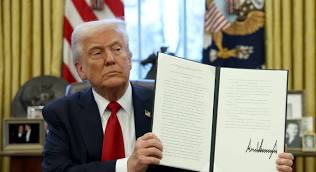

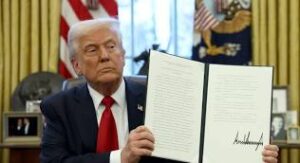
Before we get to the news, I’d like to mention that today is my last day at ARC Advisory Group and this is my last article for Logistics Viewpoints. I’d like to thank Andy Chatha, the owner of ARC, for giving me the opportunity to work in an area that has become my life’s passion. Not many people get to work at one firm for 29 years.
Now, on to the news.
Last Wednesday, President Trump announced plans to impose a tariff on imported automobiles and auto parts. “We’ll effectively be charging a 25 percent tariff. But if you build your car in the United States, there is no tariff,” Trump told reporters.
Speaking in the Oval Office, the president said the President said he was acting to encourage the return of auto manufacturing to the United States. He predicted “tremendous growth” in the industry and enormous new tax revenue for the U.S. Treasury.
Industry groups, however, are predicting that the tariffs could add $10,000 to the cost of vehicles. Further, it can take years to build new plants in the US. Qualifying new US-based suppliers is also a timely and costly endeavor.
Vehicles and auto components imported from Mexico and Canada are currently subject to lower tariffs because of the United States-Mexico-Canada Agreement (USMCA). The new tariffs will go into effect on April 3 and apply both to finished cars and trucks that are shipped into the United States and to imported parts that are assembled into cars at American auto plants. Content or materials that originated in the United States but which are incorporated into cars finished in Canada and Mexico are exempt.
However, the impact of these tariffs may be much less than they immediately appear to be because USMCA-compliant vehicles will remain tariff-free until the U.S. Commerce Secretary and Customs and Border Protection establishes a process to apply tariffs to their non-U.S. content. In short, the impacts won’t be felt until the new customs process for applying tariffs to USMCA components is implemented. The timeline for that has not been announced. This gives the administration wiggle room to continue with the current treaty while seeking concessions in other areas.
In order not to be subject to costly USMCA tariffs that make the vehicles pricey, one key provision requires that North American content – goods from Mexico, Canada, or the US – represent 75% of the total content of the car. The USMCA also requires that 40 to 45% of the value of North American auto content be made by workers earning at least $16 per hour.
Auto companies headquartered in Europe and Asia can also significantly reduce the cost of the vehicles sold in the US by complying with USMCA rules. 30 foreign companies have automotive assembly plants in the US.
Automakers have used complex global trade management software solutions to optimize their supply chains around USMCA provisions. In 2021, for example, GTM supplier MIC was recognized by Ford Motor Company as a top-performing global supplier at Ford’s 23rd annual World Excellence Awards. GTM software solutions automate and streamline processes related to customs compliance and help importers and exporters obey complex sets of laws. Rainer Roll, the chief commercial officer at MIC, says that some of their automotive clients have achieved over $100 million in annual savings from their GTM solution.
In the automotive industry, every vehicle rolling down an assembly line might have slightly different components to better match customer demand. Perhaps all the cars are Ford Mustangs, for example. But the first car is a sedan, the next car is a convertible, the next car has aluminum wheels, and so forth.
So how can automakers ensure that they follow these regulations? The simple way would be to look at all the bills of materials (BOMs) for all the Mustangs that Ford produces. The automaker would make sure that no matter what version of the Mustang is made, at least 75% of the content is from North America. But this way of meeting the regulations means Ford may not be buying the most economical component. An Asian component might be less expensive. But unfortunately, in some configurations, the use of that component would cause the car to be under the 75% threshold, so the supplier component is removed from all the configurations. This is known as a “flat” BOM.
What a GTC origin calculation module does is ensure that an automaker can select the best components and still adhere to the letter of the law. This allows for a calculation of a “multilevel” BOM. In short, it allows for component flexibility across all product variants.
These GTC solutions also need to be scalable. For one automaker, MIC is performing calculations on 9 million product variants and conducts calculations multiple times during the planning and execution process.
Every vehicle must also be auditable. The automaker needs to show the pertinent authorities exactly how every car was made and be able to show each car meets the threshold requirement. Each supplier part for each car must be certified and traceable.
The post Trump Imposes 25% Tariff on Autos and Auto Components: The Immediate Impact is Negligible appeared first on Logistics Viewpoints.









































































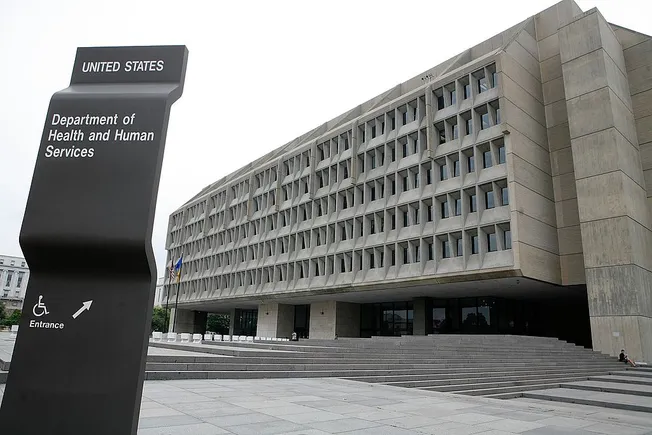









































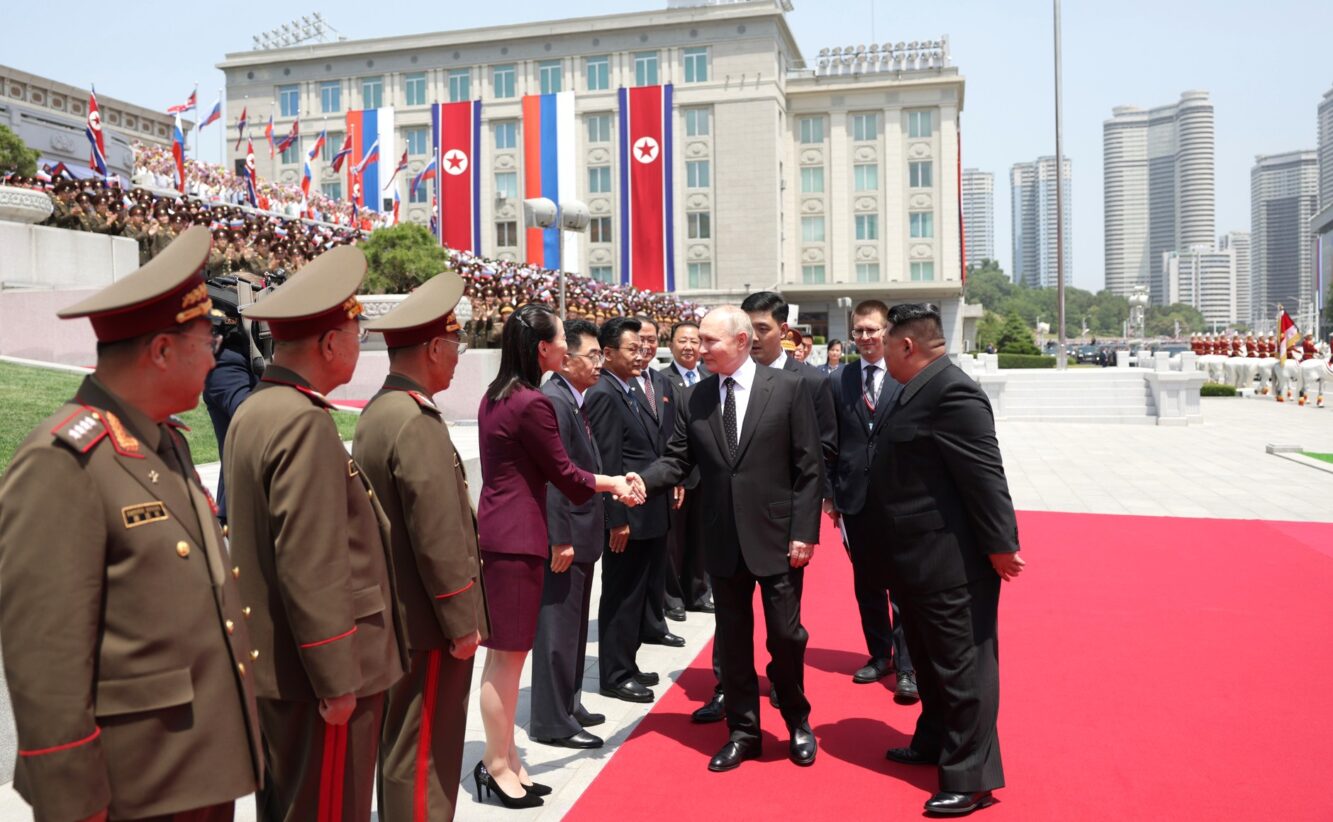
















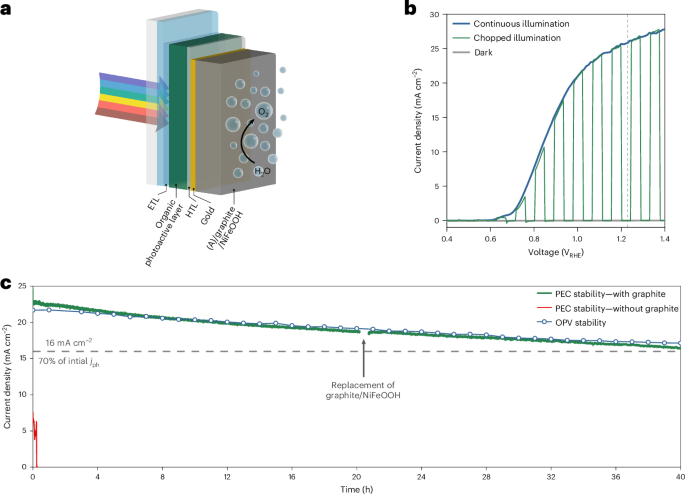




































.jpg)








